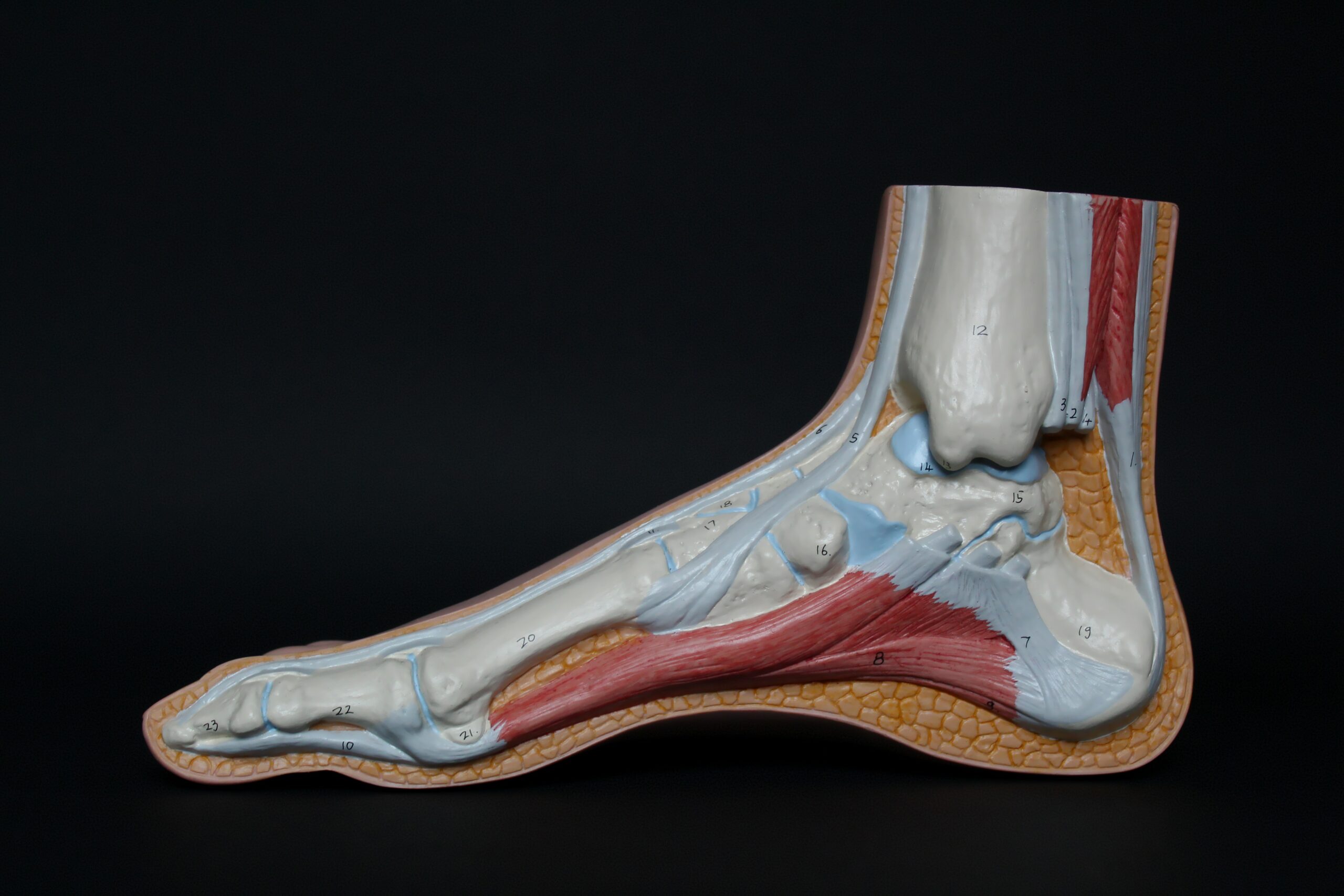Cystitis in Men : What Is It and Who Can Get It?
Cystitis is a common urinary tract infection (UTI) that primarily affects women, but it can also occur in men. Although …
Read More
Many people around the world are plagued by osteoarthritis, a degraded joint disease. This type of arthritis can occur in any joint in the body and is the most prevalent. The condition typically affects older adults, although it can occur at any age.
In this type of arthritis, cartilage in the joints breaks down, causing it to become degenerative. In conjunction to pad the bones, the ligament permits the joints to flawlessly move. A messed-up ligament makes bones rub against one another, causing a feeling of expansion, firmness, and pain. Hands, fingers, and joints bearing weight, such as knees, hips, and spine, often suffer from the condition. Osteoarthritis’ exact cause is unknown. It is believed that a combination of factors including age, genetics, and joint injuries cause it.
Corpulence: Conveying an abundance of weight puts additional weight on the joints, especially the weight-bearing joints like the hips, knees, and lower legs. This can speed up ligament breakdown and increase the risk of osteoarthritis.
when inertia or abuse occurs, aggravation is usually articulated as a dull throb or a copying sensation.
“Always polite and delivers medication on time. Absolutely love the service they provide and great staff. Keep up the good work ????”
“A fantastic pharmacy. Efficient, helpful staff who deliver within a few hours of prescription being prescribed or less. Absolutely amazing service.”
“Can highly recommend this service, the delivery is so speedy and always reliable, delivered by hand to the door, just amazing, thank you.”
Cystitis is a common urinary tract infection (UTI) that primarily affects women, but it can also occur in men. Although …
Read MoreIntroduction: Unveiling the Mysteries of Soma Soma medication, also known as carisoprodol, is a muscle relaxant commonly prescribed to alleviate …
Read MoreUnderstanding Ramipril and Its Role in Health Ramipril, a medication commonly prescribed for high blood pressure and heart failure, belongs …
Read MoreClick one of our contacts below to chat on WhatsApp